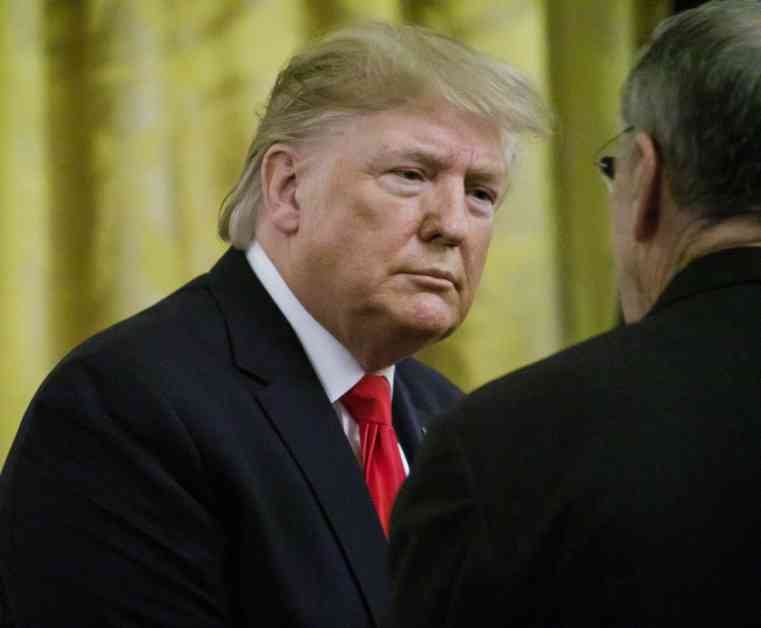President Donald Trump has issued an executive order that significantly increases his control over independent agencies, raising legal questions that may be resolved by the U.S. Supreme Court. The order, unveiled on Tuesday, mandates that agencies such as the Federal Trade Commission, Securities and Exchange Commission, and Federal Communications Commission must forward proposed regulations to the White House for thorough review. Additionally, these agencies are required to accept the Department of Justice’s interpretations of the law. To further solidify Trump’s influence, the Office of Management and Budget will scrutinize agency expenditures to align them with the president’s agenda.
Implications of Trump’s Order
This move by President Trump has sparked a wave of concern and debate across political spectrums, with critics arguing that it concentrates an unprecedented level of authority in the executive branch. By centralizing regulatory oversight under the White House, independent agencies may face challenges to their autonomy and mandate to operate free from direct political influence. Legal experts suggest that this shift could undermine the traditional checks and balances framework, potentially altering the separation of powers essential to American governance.
Conversely, supporters of the executive order contend that it streamlines regulatory processes, ensuring consistency with the administration’s policy objectives. They argue that a more coordinated approach to rule-making and enforcement across federal agencies can enhance efficiency and eliminate regulatory inconsistencies that may hinder economic growth and national security. The delicate balance between executive control and agency independence remains at the heart of the ongoing debate surrounding Trump’s directive.
Expert Insights and Legal Challenges
Legal scholars and constitutional experts have raised alarm bells about the implications of Trump’s directive on the delicate fabric of American democracy. By exerting greater control over independent agencies, the president may reshape the regulatory landscape to favor his administration’s priorities, potentially bypassing congressional oversight and public accountability. The precedent set by this order could have far-reaching consequences for future administrations and the fundamental principles of democratic governance.
Noted constitutional law professor, Dr. Olivia Chambers, emphasized the need for a robust judicial review of the executive order to safeguard the integrity of the separation of powers. She remarked, “The constitutional framework of our government relies on a system of checks and balances to prevent the accumulation of excessive power in any single branch. President Trump’s order raises critical questions about the limits of executive authority and the preservation of institutional independence.”
As legal challenges mount and public discourse intensifies, the fate of Trump’s executive order remains uncertain. The implications of this directive transcend partisan politics, striking at the core of the American political system’s foundation. The evolving narrative of executive power, regulatory oversight, and institutional autonomy will undoubtedly shape the future trajectory of governance in the United States.
President Donald Trump’s executive order has ignited a fierce debate over the balance of power between the executive branch and independent agencies. As legal battles loom on the horizon, the nation watches with bated breath to see how this unprecedented directive will redefine the contours of governance in the United States.















